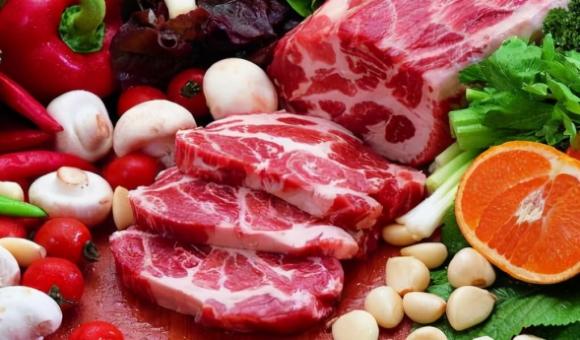When it comes to pork, I believe everyone is familiar with it. For about 90% of people, pork is the most commonly eaten type of meat.
Pork is delicious, but did you know? Not all parts of the pig are safe to eat. In fact, there are five parts that butchers themselves never cook for their families. Many people still eat them every day without realizing the risks. If you love pork, read on—once you know this, you won’t waste money on low-quality cuts again.
The 5 “Dirtiest” Parts of a Pig
1. Pork Shoulder (Upper Blade Meat)
2. Pork Neck
The second “dirty” part is the neck meat, also known as “blood meat.” This area contains many lymph nodes, which are storage points for viruses and bacteria. Eating too much can be harmful. Pork neck with visible lymph nodes is often sold cheaply to noodle shops, which is why some eateries make big profits despite low costs.
3. Pig Intestines

Although intestines are considered a delicacy by many, they are the part of the pig that holds waste. If not thoroughly cleaned, they can have a foul odor and leave a bad taste. Before cooking, intestines should be washed multiple times—traditionally with flour—to remove the smell and bacteria.
4. Pig Lungs
see continuation on next page
<div><!–nextpage–></div>
5. Pig Brain
Pig brains are soft and creamy, similar to tofu, but they carry hidden dangers. They are very high in cholesterol and triglycerides. For older adults, frequent consumption can pose serious health risks. It’s best to eat little—or none at all.

